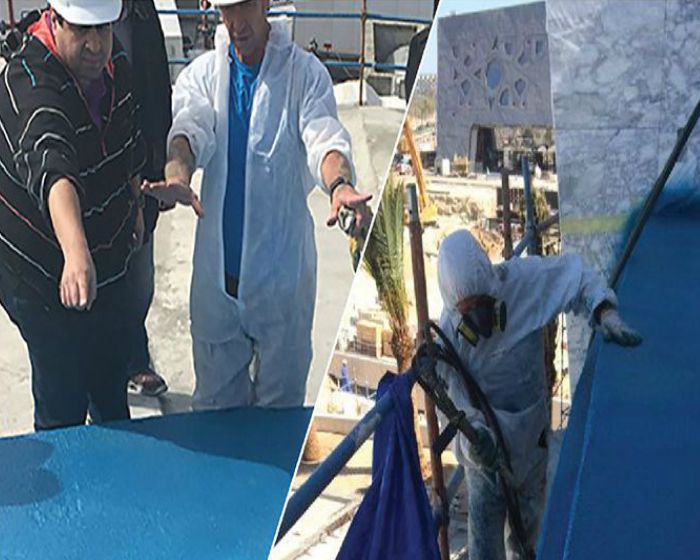Al-Salam Palace Dome Waterproofing

Al-Salam Palace Dome Waterproofing
Concrete is porous and, if not waterproofed, absorbs water, waterborne contaminants and chemicals that can cause deterioration. If you want to protect your concrete and ensure it has a long, serviceable life, waterproofing is essential.
To make concrete really waterproof- which means both preventing water passage and resisting hydrostatic pressure — you can waterproof from the positive (exterior) side, negative (interior) side or from within the concrete itself (integral systems). Although the most widely used positive-side technology is sheet membrane waterproofing, its failures and limitations are also common and costly. Since the 1980s, many construction projects around the globe have used integral crystalline admixtures to waterproof concrete. Integral systems block water passage from any direction by working from the inside out, making the concrete itself the water barrier.
It can be difficult to keep up with advancements in both membranes and crystalline admixtures, and there have been substantial advancements in both technologies. Here’s a summary that can help make the choice more clear.
Selecting right product
Efficiency is the key to success in the construction industry and selecting the right concrete waterproofing product for the job can make or break a project’s timeline. Concrete waterproofing manufacturers are working more closely than ever with contractors to understand the unique needs of their project, and ensure they have the right technology to protect their structures.
CG's Concrete waterproofing – best methods and materials